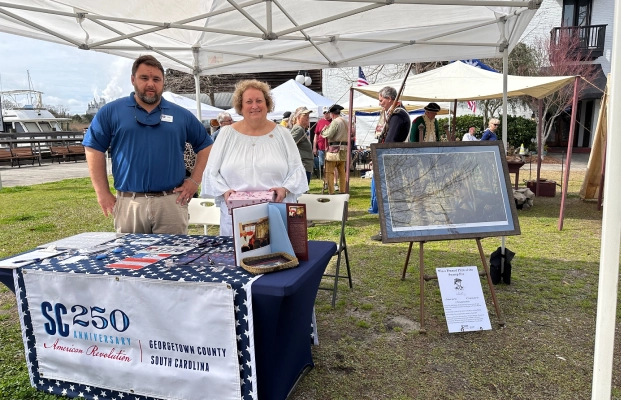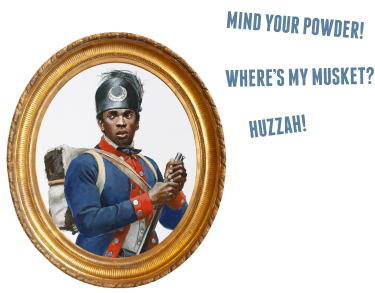Showing 42 stories
John Bowie
Many citizens of Abbeville County had a role to play during the American Revolution. One... Read More
Brigadier General Andrew Pickens
Brigadier General Andrew Pickens was an influential Patriot leader from Abbeville County. Of Scots-Irish and... Read More
Andrew Hamilton
An Abbeville County citizen who made his mark during the revolution was Andrew Hamilton. Although... Read More
Richard (Dick) Pickens
The American Revolution affected everyone in Abbeville County, included those whose stories have often been... Read More
John McCord
John McCord was a 13-year-old boy who lived in the Long Canes area of Abbeville... Read More
Dorothy Sinkler Richardson—the Woman Who Saved Francis Marion’s Life
Dorothy Sinkler Richardson (1737-1793), a woman who was “distinguished in mind and manners,” was the... Read More
Siege of Fort Watson
Colonel Harry Lee and Lee’s Legion from Virginia had joined General Francis Marion and Marion’s... Read More
Muskets
Did you know that reloading a Revolutionary War-era musket could take up to 20 seconds?... Read More
1/3 Casualties
South Carolina’s role in the American Revolution cannot be overstated. Historians estimate that approximately 30%... Read More
Gideon Gibson
He was a leader and left behind a lasting legacy in our state. Gideon Gibson... Read More

Explore The Palmetto State
Get Revolutionary. Discover an era rich with significant people, major landmarks, exciting events and unforgettable stories you’ve yet to hear.
